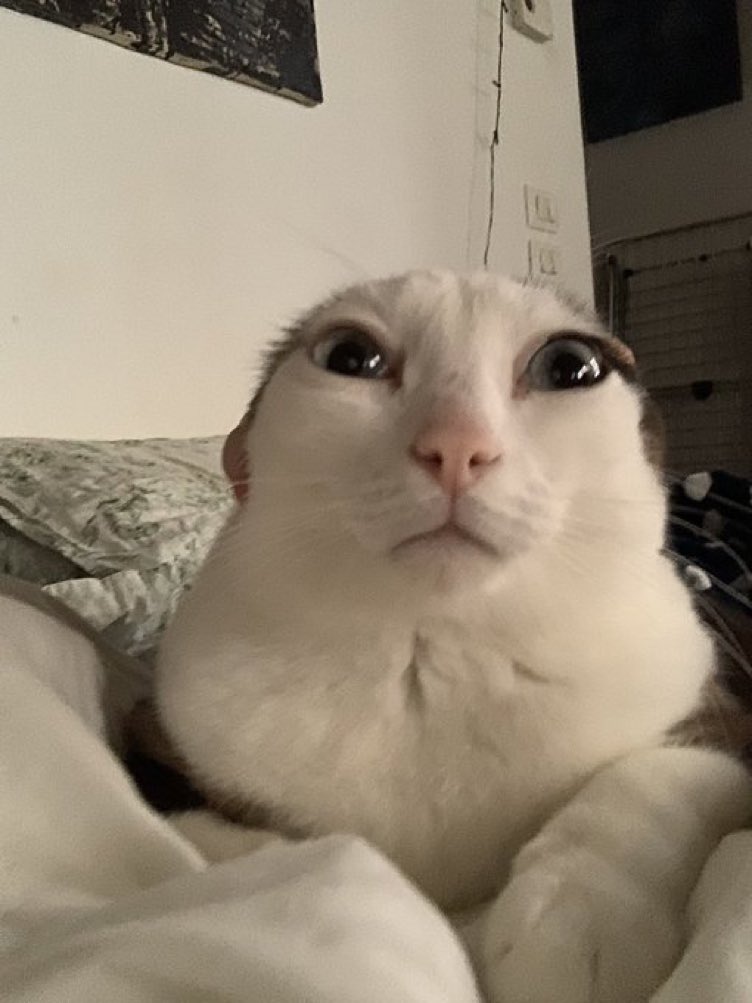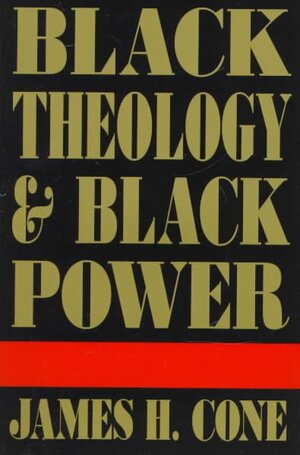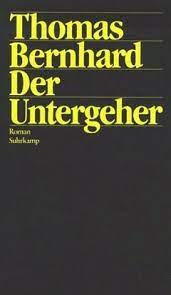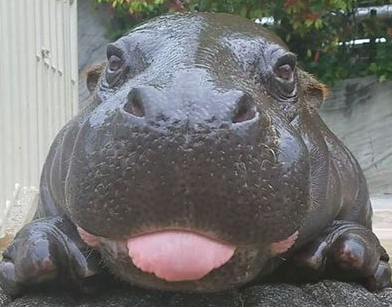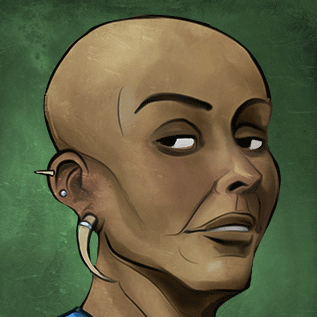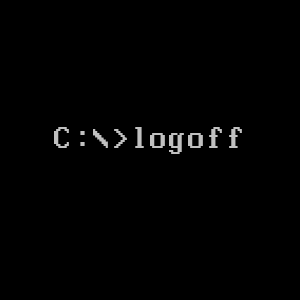The Liberation of Saigon was the capture of Saigon, the capital of South Vietnam, by the People's Army of Vietnam (PAVN) and the Viet Cong on 30 April 1975. The event marked the end of the Vietnam War and the start of a transition period to the formal reunification of Vietnam into the Socialist Republic of Vietnam.
The PAVN, under the command of General Văn Tiến Dũng, began their final attack on Saigon on April 29, 1975, with the Army of the Republic of Vietnam (ARVN) forces commanded by General Nguyễn Văn Toàn suffering a heavy artillery bombardment. By the afternoon of the next day, the PAVN had occupied the important points of the city and raised their flag over the South Vietnamese presidential palace. The city was renamed Hồ Chí Minh City, after the late North Vietnamese President Hồ Chí Minh.
The capture of the city was preceded by Operation Frequent Wind, the evacuation of almost all the American civilian and military personnel in Saigon, along with tens of thousands of South Vietnamese civilians who had been associated with the Republic of Vietnam. A few Americans chose not to be evacuated. US ground combat units had left South Vietnam more than two years prior to the fall of Saigon and were not available to assist with either the defense of Saigon or the evacuation.
North Vietnamese Advance
The rapidity with which the South Vietnamese position collapsed in 1975 was surprising to most American and South Vietnamese observers, and probably to the North Vietnamese and their allies as well. For instance, a memo prepared by the Central Intelligence Agency (CIA) and U.S. Army Intelligence and published on March 5 indicated that South Vietnam could hold out through the current dry season—i.e., at least until 1976. These predictions proved to be grievously in error. Even as that memo was being released, General Dũng was preparing a major offensive in the Central Highlands of Vietnam, which began on 10 March and led to the capture of Buôn Ma Thuột. The ARVN began a disorderly and costly retreat, hoping to redeploy its forces and hold the southern part of South Vietnam, south of the 13th parallel.
Supported by artillery and armor, the PAVN continued to march towards Saigon, capturing the major cities of northern South Vietnam at the end of March—Huế on the 25th and Đà Nẵng on the 28th. Along the way, disorderly South Vietnamese retreats and the flight of refugees -there were more than 300,000 in Đà Nẵng- damaged South Vietnamese prospects for a turnaround. After the loss of Đà Nẵng, those prospects had already been dismissed as nonexistent by American CIA officers in Vietnam, who believed that nothing short of B-52 strikes against Hanoi could possibly stop the North Vietnamese.
By April 8, the North Vietnamese Politburo, which in March had recommended caution to Dũng, cabled him to demand "unremitting vigor in the attack all the way to the heart of Saigon." On April 14, they renamed the campaign the "Hồ Chí Minh campaign", after revolutionary leader Hồ Chí Minh, in hopes of wrapping it up before his birthday on May 19. Meanwhile, South Vietnam failed to garner any significant increase in military aid from the United States, snuffing out President Nguyễn Văn Thiệu’s hopes for renewed American support.
On April 9, PAVN forces reached Xuân Lộc, the last line of defense before Saigon, where the ARVN 18th Division made a last stand and held the city through fierce fighting for 11 days, finally withdrawing from Xuân Lộc on April 20.
Final Assault
On April 27, Saigon was hit by PAVN rockets – the first in more than 40 months.
With his overtures to the North rebuffed out of hand, Tran resigned on 28 April and was succeeded by General Duong Van Minh. Minh took over a regime that was by this time in a state of utter collapse. He had longstanding ties with the Communists, and it was hoped he could negotiate a ceasefire; however, Hanoi was in no mood to negotiate. On 28 April PAVN forces fought their way into the outskirts of the city. With his overtures to the North rebuffed out of hand, Tran resigned on 28 April and was succeeded by General Duong Van Minh.
At 18:06 on 28 April, as President Minh finished his acceptance speech three A-37 Dragonflies piloted by former Republic of Vietnam Air Force (RVNAF) pilots, who had defected to the Vietnamese People's Air Force at the fall of Da Nang, dropped six Mk81 250 lb bombs on Tan Son Nhut Air Base damaging aircraft. RVNAF F-5s took off in pursuit, but they were unable to intercept the A-37s.
At dawn on 29 April the RVNAF began to haphazardly depart Tan Son Nhut Air Base as A-37s, F-5s, C-7s, C-119s and C-130s departed for Thailand while UH-1s took off in search of the ships of Task Force 76. Some RVNAF aircraft stayed to continue to fight the advancing PAVN. One AC-119 gunship had spent the night of 28/29 April dropping flares and firing on the approaching PAVN. At dawn on 29 April two A-1 Skyraiders began patrolling the perimeter of Tan Son Nhut at 2,500 feet (760 m) until one was shot down, presumably by an SA-7 missile. At 07:00 the AC-119 was firing on PAVN to the east of Tan Son Nhut when it too was hit by an SA-7 and fell in flames to the ground.
At 06:00 on April 29, General Dung was ordered by the Politburo to "strike with the greatest determination straight into the enemy's final lair." After one day of bombardment and general offensive, the PAVN were ready to make their final push into the city. At 08:00 on 29 April Lieutenant General Trần Văn Minh, commander of the RVNAF and 30 of his staff arrived at the DAO Compound demanding evacuation, signifying the complete loss of RVNAF command and control. Dung then ordered his field commanders to advance directly to key facilities and strategic points in the city.
The first PAVN unit to enter the city was the 324th Division. By daybreak, it was obvious that the ARVN's position was untenable. On the morning of 30 April PAVN sappers attempted to seize the Newport Bridge but were repulsed by the ARVN Airborne. At 09:00 the PAVN tank column approached the bridge and came under fire from ARVN tanks which destroyed the lead T-54, killing the PAVN Battalion commander.
The ARVN 3rd Task Force, 81st Ranger Group commanded by Major Pham Chau Tai defended Tan Son Nhut and they were joined by the remnants of the Loi Ho unit. At 07:15 on 30 April the PAVN 24th Regiment approached the Bay Hien intersection 1.5 km from the main gate of Tan Son Nhat Air Base. The lead T-54 was hit by M67 recoilless rifle and then the next T-54 was hit by a shell from an M48 tank. The PAVN infantry moved forward and engaged the ARVN in house to house fighting forcing them to withdraw to the base by 08:45.
The PAVN then sent three tanks and an infantry battalion to assault the main gate and they were met by intensive anti-tank and machine gun fire knocking out the three tanks and killing at least twenty PAVN soldiers. The PAVN tried to bring forward an 85mm antiaircraft gun but the ARVN knocked it out before it could start firing. The PAVN 10th Division ordered eight more tanks and another infantry battalion to join the attack, but as they approached the Bay Hien intersection they were hit by an airstrike from RVNAF jets operating from Binh Thuy Air Base which destroyed two T-54s. The six surviving tanks arrived at the main gate at 10:00 and began their attack, with two being knocked out by antitank fire in front of the gate and another destroyed as it attempted a flanking manoeuvre.
At 10:24, Minh announced an unconditional surrender. He ordered all ARVN troops "to cease hostilities in calm and to stay where they are", while inviting the Provisional Revolutionary Government to engage in "a ceremony of orderly transfer of power so as to avoid any unnecessary bloodshed in the population." At Newport Bridge the ARVN and PAVN continued to exchange tank and artillery fire until the ARVN commander received President Minh's capitulation order over the radio. While the bridge was rigged with approximately 4000lbs of demolition charges, the ARVN stood down and at 10:30 the PAVN column crossed the bridge.
PAVN T-54/55 tanks under the command of Colonel Bùi Tín burst through the gates of the Independence Palace around noon. They found Minh and 30 of his advisors sitting in chairs on the palace steps, waiting for them. As Colonel Tin approached, Minh said "The revolution is here. You are here." He added, "We have been waiting for you so that we could turn over the government." Tín curtly replied, "There is no question of your transferring power. Your power has crumbled. You cannot give up what you do not have." Later that afternoon, Minh went on the radio for the final time and announced, "I declare [that] the Saigon government is completely dissolved at all levels." The Vietnam War was over.
Aftermath
The communists renamed the city after Ho Chi Minh, former President of North Vietnam, although this name was not frequently used outside official business. Order was slowly restored, although the by-then-deserted U.S. Embassy was looted, along with many other businesses. Communications between the outside world and Saigon were cut. The Viet Cong machinery in South Vietnam was weakened, owing in part to the Phoenix Program, so the PAVN was responsible for maintaining order and General Trần Văn Trà, Dung's administrative deputy, was placed in charge of the city. The new authorities held a victory rally on May 7.
April 30 is celebrated as a public holiday in Vietnam as Reunification Day (though the official reunification of the nation actually occurred on 2 July 1976) or Liberation Day (Ngày Giải Phóng). Along with International Workers' Day on May 1, most people take the day off work and there are public celebrations.
PAVN T-54/55 tanks under the command of Colonel Bùi Tín burst through the gates of the Independence Palace around noon. They found Minh and 30 of his advisors sitting in chairs on the palace steps, waiting for them. As Colonel Tin approached, Minh said "The revolution is here. You are here." He added, "We have been waiting for you so that we could turn over the government."
Tín curtly replied, "There is no question of your transferring power. Your power has crumbled. You cannot give up what you do not have."
:speech-r: :gigachad:
“There is no question of your transferring power. Your power has crumbled. You cannot give up what you do not have.”
savage
Losing creates bitterness. See also: "War of Northern Aggression" as used by Confederacy nerds.
7/2/76 gets no respect, does it?
John Adams wrote to his wife on the following day and predicted that July 2 would become a great American holiday. He thought that the vote for independence would be commemorated; he did not foresee that Americans would instead celebrate Independence Day on the date when the announcement of that act was finalized.
Vietnam:
. . .April 30 is celebrated as a public holiday in Vietnam as Reunification Day (though the official reunification of the nation actually occurred on 2 July 1976) . . .
It isn't intended to be a megathread, but thanks!
@kitten @Kanna @Grownbravy @PurrLure @comi @Lenins2ndAccount @REallyN @WhoaSlowDownMaurice @DashEightMate @CARCOSA @DeathToBritain @TheGhostOfTomJoad @SorosFootSoldier @PM_ME_YOUR_FOUCAULTS @DasKarlBarx @marxisthayaca @bbnh69420 @Koa_lala @clover @GalaxyBrain @viva_la_juche @Rem @MaybeNickCage @Wmill @riffraff_diktat @Shitbird @inshallah2 @JamesConeZone @Abraxiel @aaaaaaadjsf @ella @FunkyStuff @el_principito @LeftistJerrySeinfeld@renamon @Arahnya @ComradeCmdrPiggy @Ossay @Zoift @PorkrollPosadist @Lydia @thelastaxolotl
Secret megathread :a-little-trolling:
lmao i thought you said "tag yourself" at first and I was about to be like I'm @viva_la_juche
I don't know! :ohnoes: I thought if I didn't make them links they wouldn't tag but apparently no.
I got tagged too. My need to post is bending the rules of cyberspace
So I'm helping my housemate look up migraine meds, and apparently the right thing to do is stumble around the internet and ask ur docter if galuminipheniolol-csv4 is right 4 u.
Anyways I was looking up one injection she was trying to get approved for and apparently it's made by extracting antibodies from cloned hampster ovaries and it kinda fucked me up when I realized there's like, hampster slurry QA and shipping logs and dedicated hamster refrigerator technician payroll accountants.
America is a fuck cause it breaks it own spectacle. I just wanted to know how to help my friend get her meds, and now I have to stare at the industrial leviathan and ask a doctor what it takes to sip from the vat-forges.
Also, made this because the recent news about the Taliban reminds me of the other time a US puppet/ally was overrun. Not that I'm comparing the Taliban to the PAVN; that's an insult to the PAVN.
:vietnam-flag:
i thought we had an emote for that :vivian-shrug:
The Viet Cong are arguably some of the greatest heroes in world history. The defeated two colonial super powers, withstood an almost unparalleled campaign of terrorand yet emerged victorious and created a lasting and flourishing nation.
:rat-salute:
The Phoenix Program was a program designed and coordinated by the United States Central Intelligence Agency (CIA) during the Vietnam War, involving the American, Australian and South Vietnamese militaries.
The program was designed to identify and destroy the Viet Cong (VC) via infiltration, torture, capture, counter-terrorism, interrogation, and assassination. The CIA described it as "a set of programs that sought to attack and destroy the political infrastructure of the Viet Cong". The Phoenix Program was premised on the idea that infiltration had required local support from non-combat civilian populations, which were referred to as the "political branch" that had purportedly coordinated the insurgency.
Throughout the program, Phoenix "neutralized" 81,740 people suspected of VC membership, of whom 26,369 were killed and the rest surrendered or were captured. 87 percent of those killed were attributed to conventional military operations by South Vietnam and the U.S. forces; the remainder were assassinated.
https://en.wikipedia.org/wiki/Phoenix_Program
